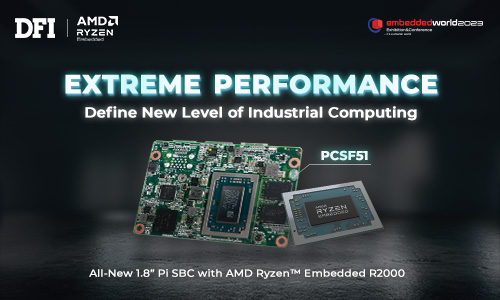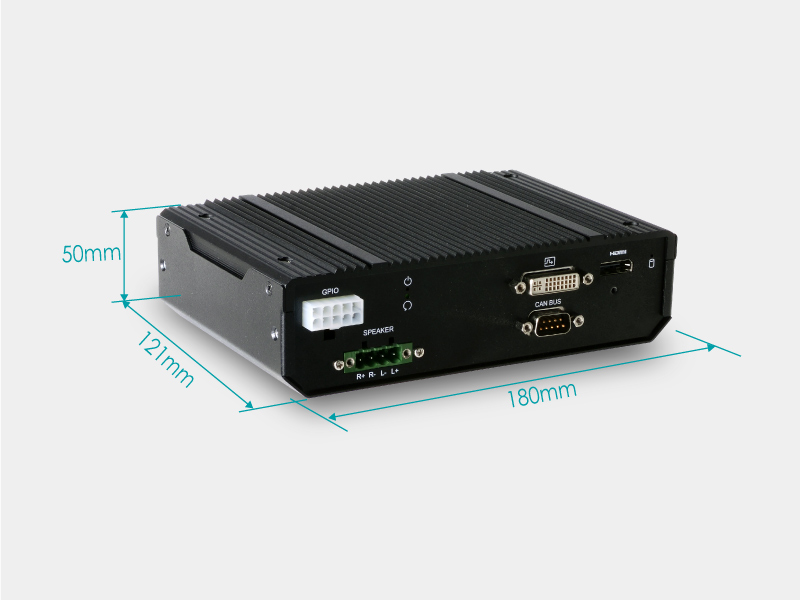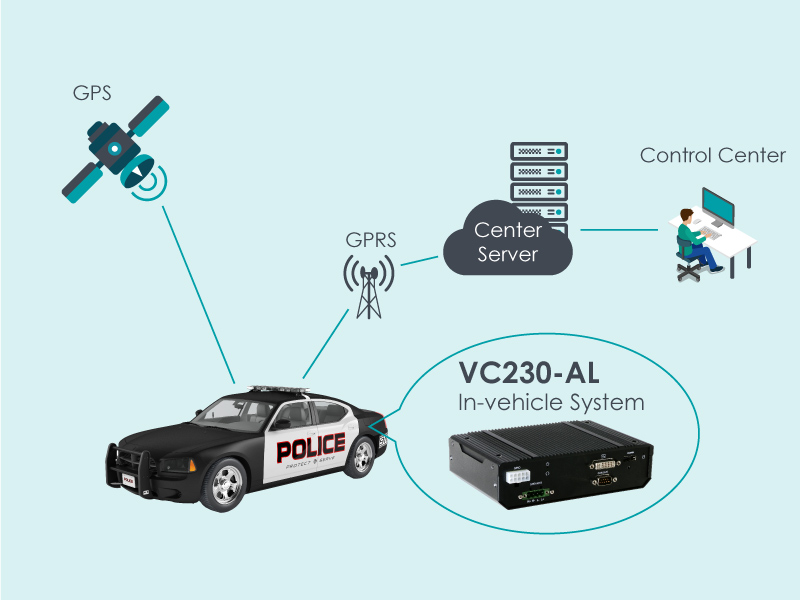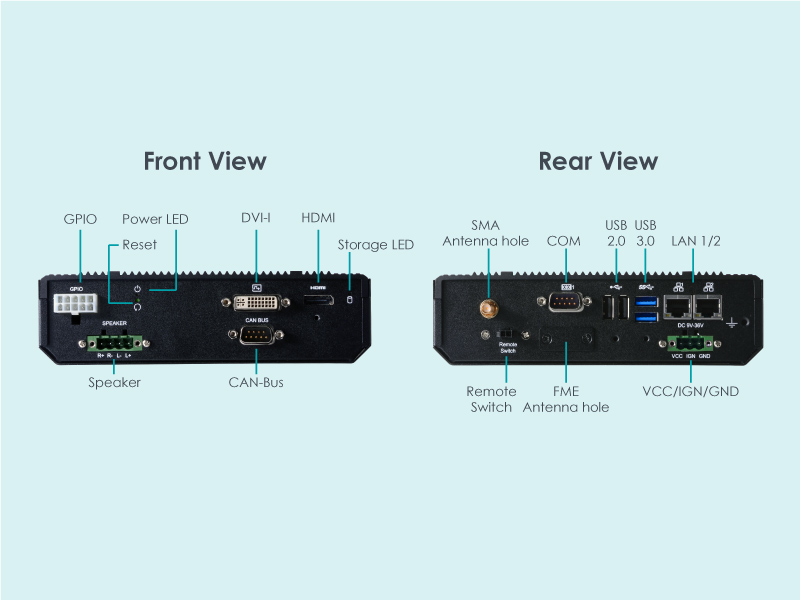Expandable for Wireless Connections
From trains, trucks, automobiles, to self-driving cars, which are in the ascendant development, they are involved in transportation, public safety, and life and property. According to the government regulations, which is the most stringent verification process, the electronic system as the computing brain needs high reliability without compromise.“Always connected to the Internet" and "precise positioning" should not be ignored. The network interruption or location error that can be tolerated in ordinary life may cause irreversible consequences if it occurs in the car's electronic system.
Even in-vehicle equipment that is not used for vehicle control, such as police vehicle dispatching systems, also requires high durability of industrial-grade computers such as wide temperature in consideration of different latitudes, resistance to power surge and current noise, comprehensive support of wide-voltage direct current, and HiPOT testing (Dielectric Strength Test) for leakage of current and insulation resistance. In addition to the I/O interface that connects to available peripheral devices, communication protocols and vehicle buses are also indispensable to connect various vehicle electronic controllers to receive multiple vehicle information.
Finally, the ideal hardware specification should adopt the x86 instruction set compatible processor platform, which supports the Windows operating system and many Linux distributions and accelerate software development, it is able to respond to new functional requirements quickly and provide the best service in the shortest amount of time.
A European country deployed DFI’s VC230-AL on police vehicles to improve dispatching efficiency. Once the control center receives an emergency call, it can send nearby police vehicles missions and provide relevant information through 3G/LTE communication modules. The system can also offer the shortest or fastest arrival route via GNSS (Global Navigation Satellite System).









,有助於車隊管理員管理駕駛行為、運動感測、急煞車和衝擊偵測.jpg?timestamp=1689918406.42007)







